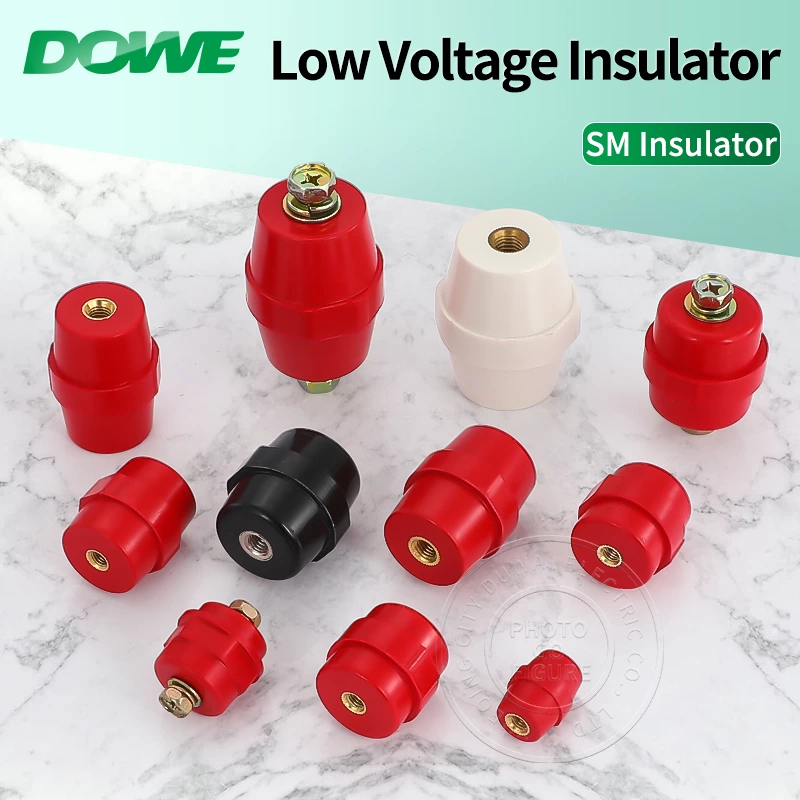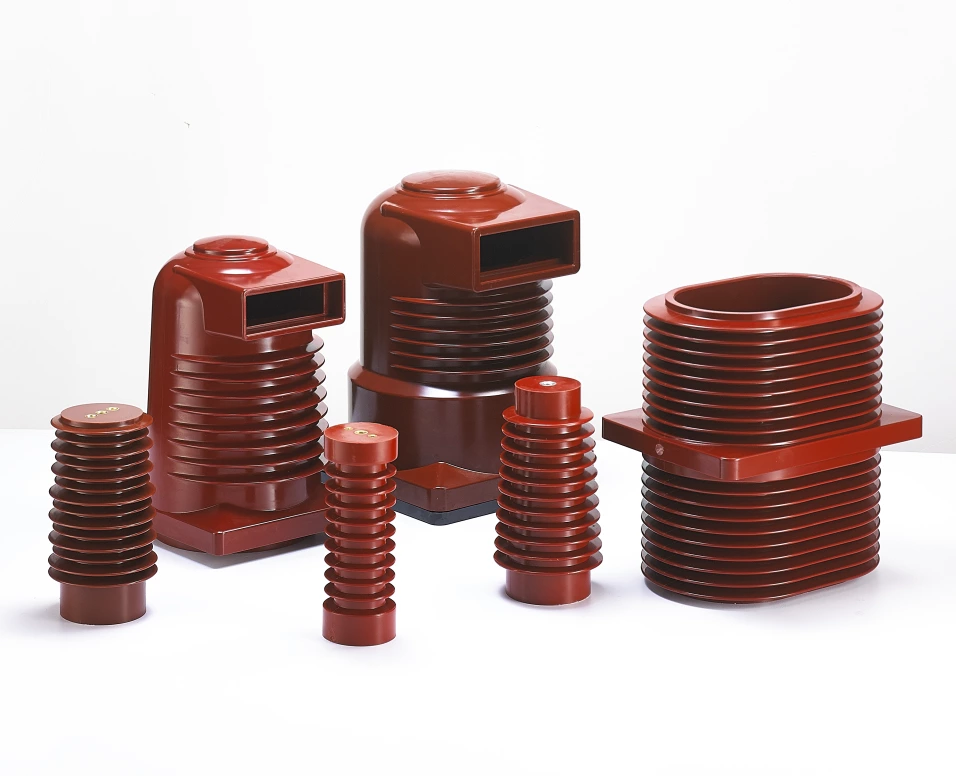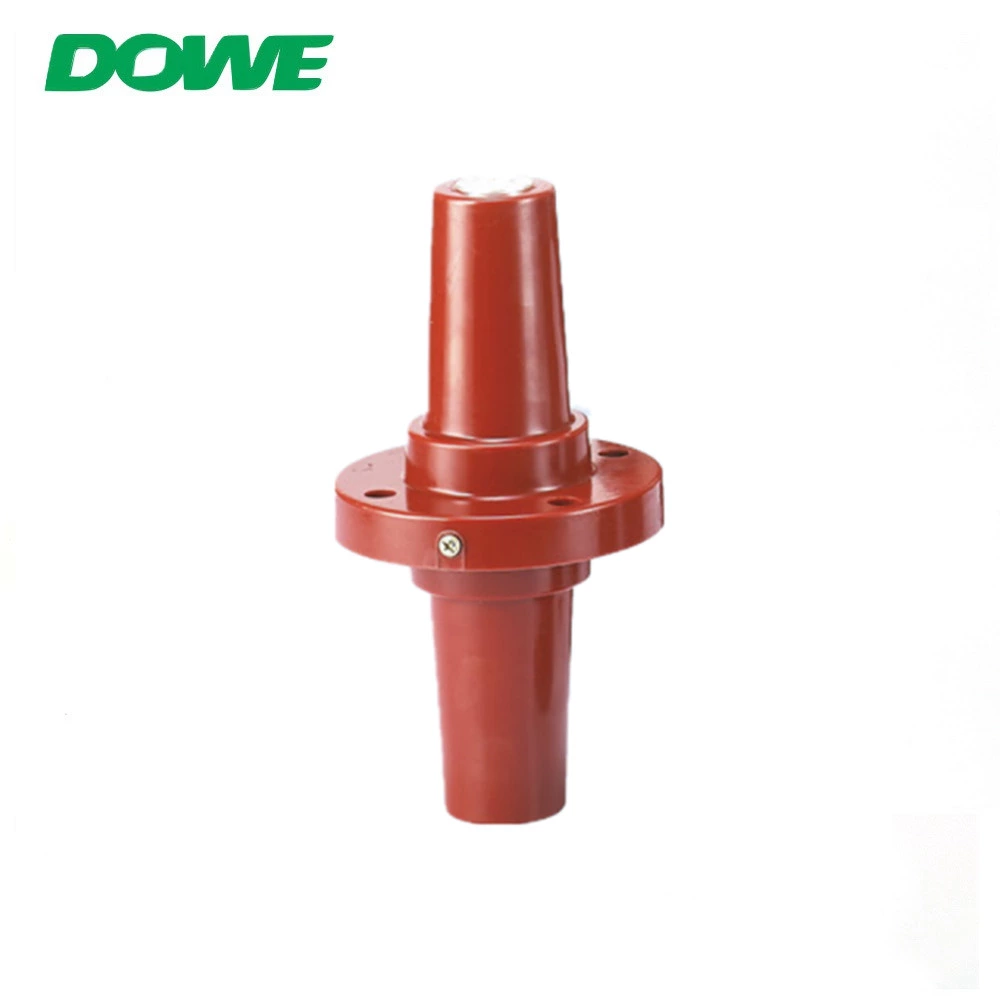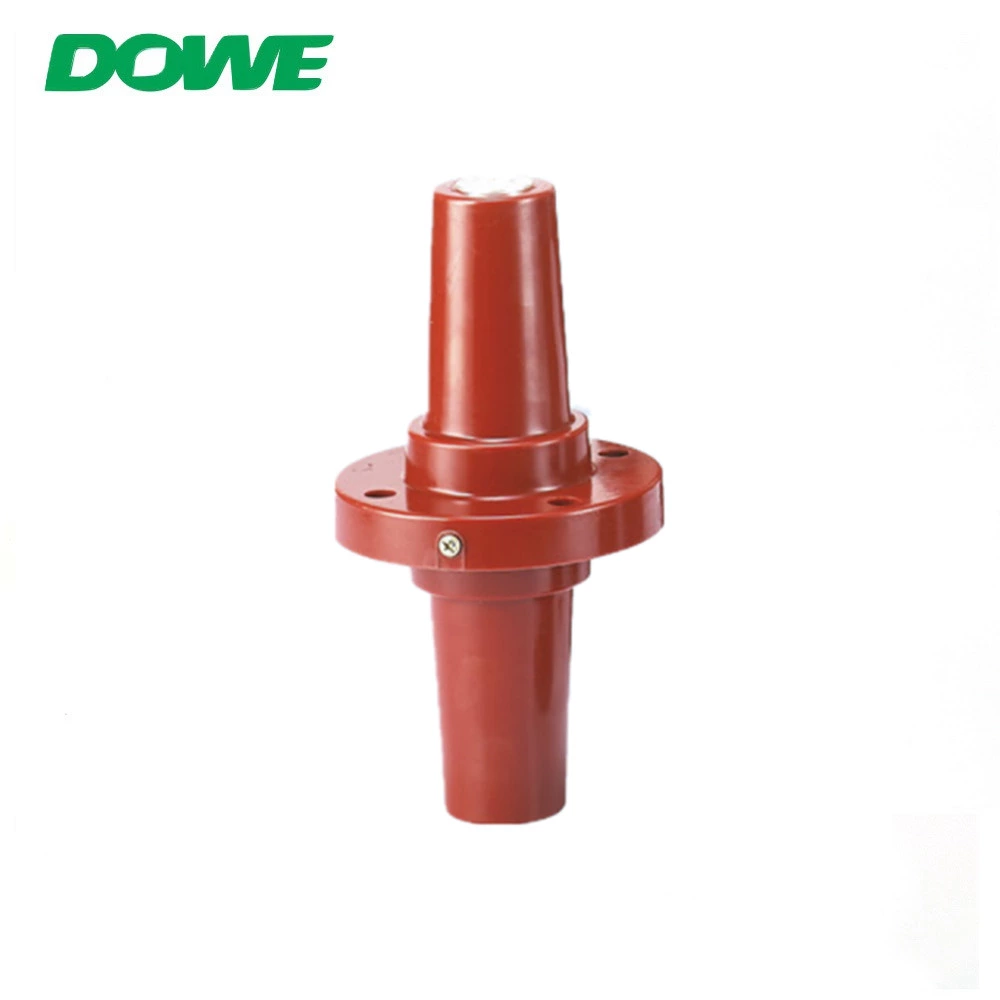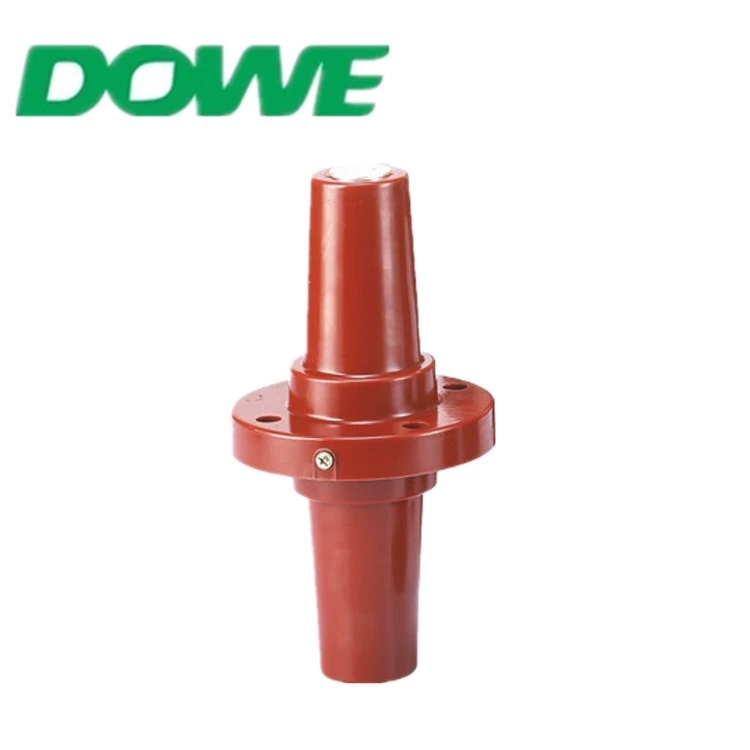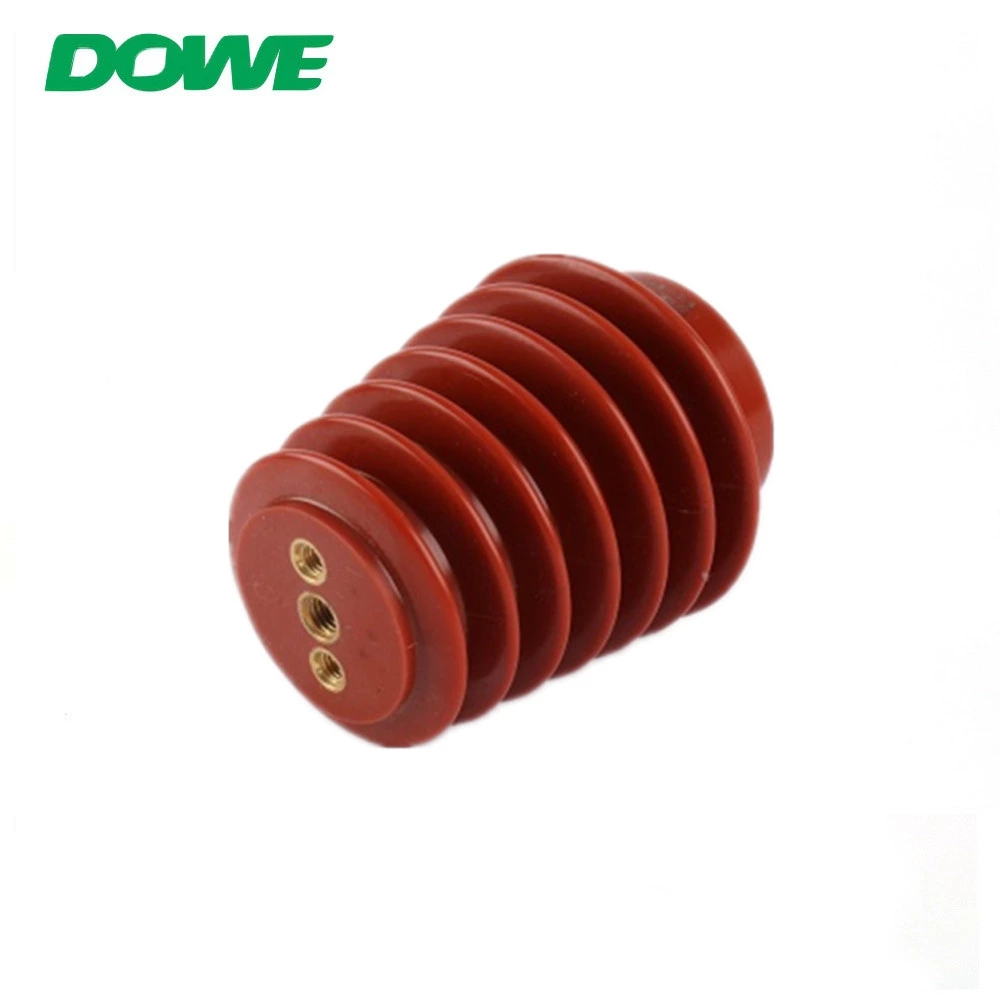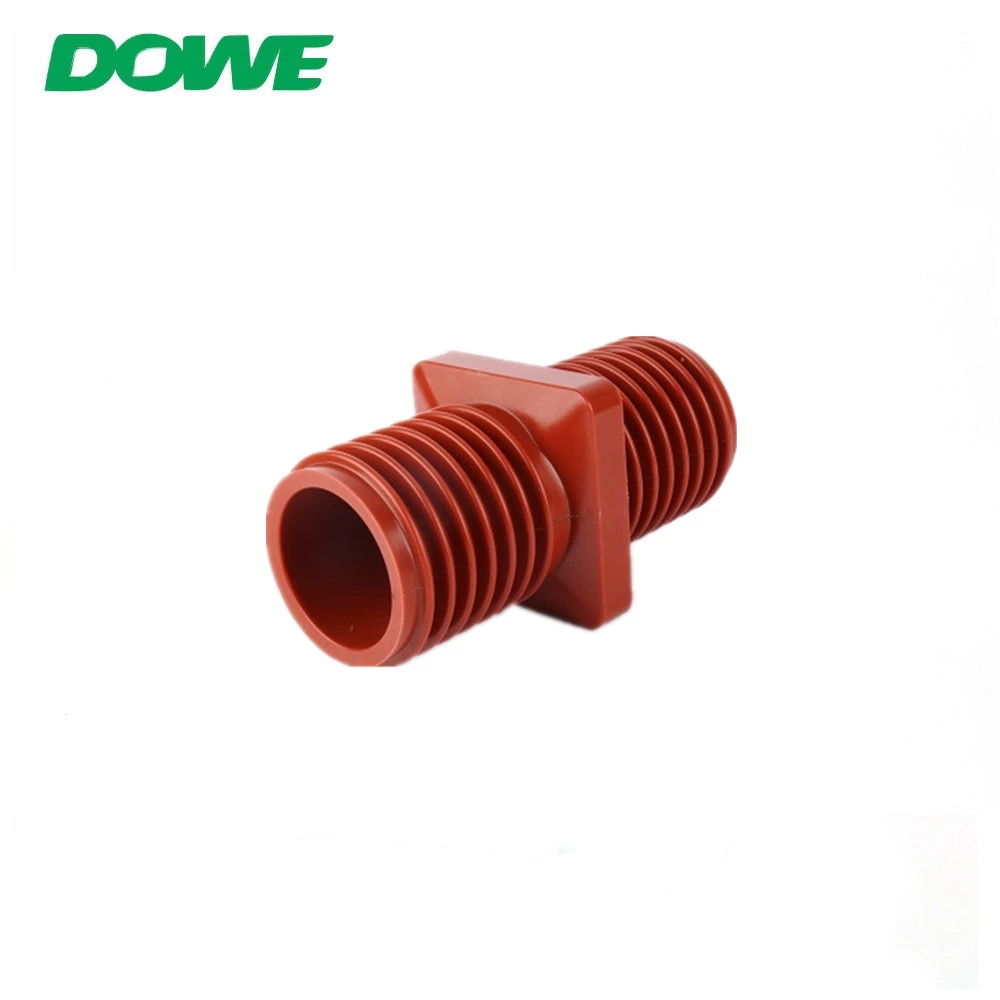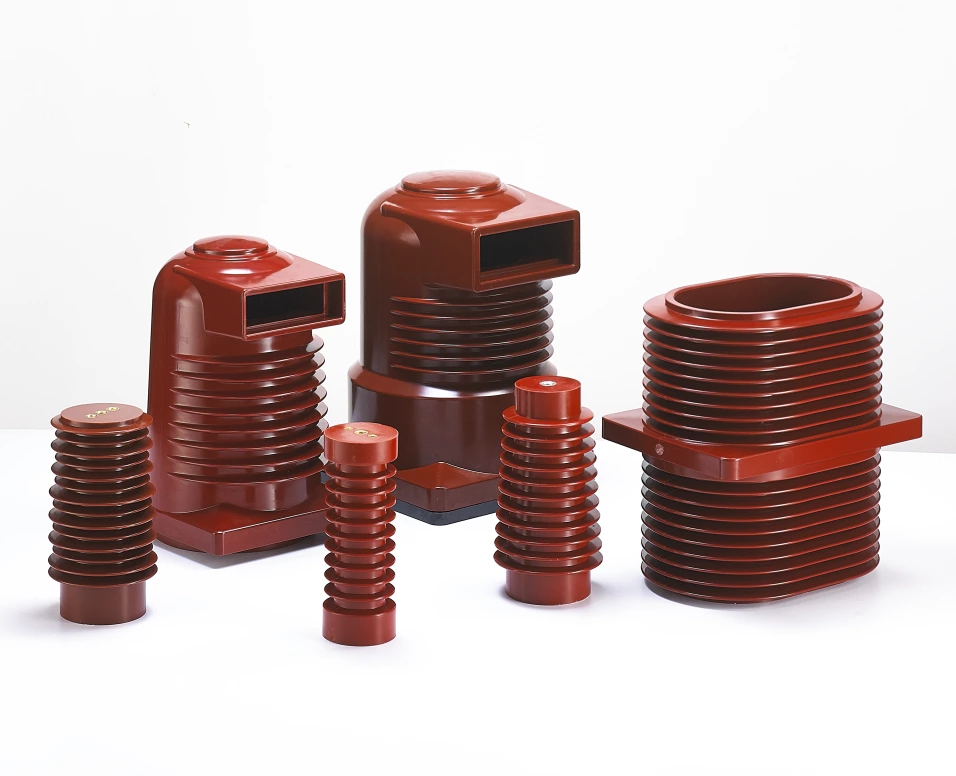What is Heat Shrinkable Tube
Heat Shrinkable Tube Suit
Introduction
Welcome to the world of heat shrinkable tube suits! If you're in need of a versatile and reliable solution for protecting and insulating your wiring projects, then look no further. Heat shrinkable tube suits are the ultimate tool for safeguarding your wires, conductors, and terminals from moisture, wear and tear, and abrasion.
But what exactly is a heat shrinkable tube suit? It's a shrinkable plastic covering that, when exposed to heat, softens and shrinks to snugly fit around your wiring or components, providing a protective layer. This protective layer not only extends the lifespan of your products by preventing damage from harsh environmental conditions, but it also offers branding opportunities.
In this article, we'll delve into the world of heat shrinkable tube suits, exploring their applications, benefits, and how to choose the right one for your needs. Whether you're in the electrical, automotive, military, or offshore industry, heat shrinkable tube suits are a must-have tool in your arsenal.
So, if you're ready to discover the wonders of heat shrinkable tube suits and how they can revolutionize your wiring projects, let's dive in and explore everything you need to know.
What is Heat Shrinkable Tube?
Heat shrinkable tube, also known as heat shrink tubing, is a versatile and essential tool used in various industries for electrical insulation and protection. It is made from a thermoplastic material that can shrink in diameter when exposed to heat. Heat shrinkable tube is designed to fit around wires, cables, and other components, providing a tight and protective covering.
The process of heat shrink tubing involves applying heat to the tube, causing it to shrink and conform to the shape of the object it is covering. This creates a secure and seamless insulation, protecting the wires or cables from moisture, abrasion, and other environmental factors.
Heat shrinkable tube is available in different sizes, materials, and shrink ratios. The size of the tube is chosen based on the diameter of the object it needs to cover, while the shrink ratio determines how much the tube will shrink in diameter. Common shrink ratios include 2:1, 3:1, and 4:1.
The materials used in heat shrinkable tube can vary, including polyolefin, PVC, fluoropolymers, and more. Each material offers different properties and benefits, such as temperature resistance, flexibility, and chemical resistance.
Overall, heat shrinkable tube is a reliable and effective solution for insulating and protecting wires, cables, and other components. Its versatility and ease of use make it a popular choice in industries such as electrical, automotive, and manufacturing.
Applications of Heat Shrinkable Tube
Heat shrinkable tubes are incredibly versatile and find applications in a wide range of industries. Here are some common applications of heat shrinkable tubes:
Electrical insulation: Heat shrinkable tubes provide excellent electrical insulation, making them ideal for insulating wires, cables, and connectors. They protect against moisture, abrasion, and other environmental factors, ensuring the safety and reliability of electrical connections.
Wire bundling: Heat shrinkable tubes are used to bundle and organize wires, creating a neat and organized wiring system. They help to prevent tangling and ensure easy identification and maintenance of wires.
Cable repair: Heat shrinkable tubes are often used for cable repair. They can be used to repair damaged insulation, providing a protective layer that restores the integrity of the cable.
Environmental sealing: Heat shrinkable tubes with adhesive lining are used for environmental sealing. They create a watertight seal that protects cables and connectors from moisture, dust, and other contaminants.
Wire marking and identification: Heat shrinkable tubes can be printed with custom markings, such as labels, numbers, or logos. This allows for easy identification and labeling of wires, making troubleshooting and maintenance more efficient.
Mechanical protection: Heat shrinkable tubes provide mechanical protection to wires and cables, shielding them from physical damage, such as abrasion, impact, and vibration.
Automotive applications: Heat shrinkable tubes are widely used in the automotive industry for wire harnessing, protecting electrical connections, and providing strain relief.
Aerospace applications: Heat shrinkable tubes are used in aerospace applications to insulate wires and cables, protect against extreme temperatures, and provide strain relief.
These are just a few examples of the many applications of heat shrinkable tubes. With their versatility and reliability, heat shrinkable tubes have become an essential component in various industries.
Benefits of Using Heat Shrinkable Tube Suit
When it comes to protecting and enhancing your wiring projects, using a heat shrinkable tube suit offers numerous benefits. Here are some of the advantages of using heat shrinkable tube suits:
Versatile Protection: Heat shrinkable tube suits provide insulation and protection for wires, conductors, and terminals from moisture, wear and tear, and abrasion. They act as a durable outer shell, shielding your components from harsh environmental conditions and extending their lifespan.
Customization and Branding: Heat shrinkable tube suits can be customized with your company's name, logo, or serial numbers. This not only helps with branding but also allows for easy identification and differentiation of wires and components.
Environmental Resistance: Depending on the material chosen, heat shrinkable tube suits can withstand various environmental conditions. Adhesive-lined heat shrink tubing provides excellent environmental protection, making it suitable for automotive and marine applications. Heavy-duty and self-sealing heat shrink tubing is ideal for projects that require resistance to oil, chemicals, and moisture.
Easy Installation: Heat shrinkable tube suits are easy to install. Simply slide the tube suit over the wires or components and apply heat using a heat gun. The tube suit will shrink, conforming tightly to the shape of the wiring or components, providing a secure and protective layer.
Cost-Effective Solution: Heat shrinkable tube suits offer a cost-effective solution for insulation and protection. They are available in various sizes and materials, allowing you to choose the most suitable option for your specific needs.
In conclusion, using a heat shrinkable tube suit provides versatile protection, customization options, environmental resistance, easy installation, and cost-effectiveness. Whether you are working on electrical, automotive, military, or offshore projects, heat shrinkable tube suits are an essential tool to ensure the durability and longevity of your wiring projects.
Choosing the Right Heat Shrinkable Tube Suit
When it comes to selecting the right heat shrinkable tube suit for your project, there are a few key factors to consider. By choosing the correct heat shrinkable tube suit, you can ensure the best protection and performance for your wiring and components.
Shrink Ratio: The shrink ratio of the heat shrinkable tube suit is an important consideration. The shrink ratio determines how much the tubing will shrink when exposed to heat. Common shrink ratios include 2:1, 3:1, and 4:1. It is essential to choose a shrink ratio that will provide a snug fit over your wiring or components.
Material: Heat shrinkable tube suits are available in various materials, each with its own properties and advantages. Polyolefin is the most commonly used material due to its flame resistance and temperature tolerance. PVC is a more affordable option but may not offer the same level of safety and durability.
Operating Environment: Consider the environment in which the heat shrinkable tube suit will be used. Will it be exposed to moisture, chemicals, or extreme temperatures? Make sure to choose a tube suit that is suitable for the specific conditions it will encounter.
Wall Thickness: The thickness of the wall of the heat shrinkable tube suit is another important factor to consider. Thicker walls provide better protection against abrasion and wear, but they may also be less flexible. Consider the level of protection needed for your application and choose a tube suit with an appropriate wall thickness.
Size: Selecting the right size of heat shrinkable tube suit is crucial for a proper fit. Measure the diameter of your wiring or components and choose a tube suit with a diameter slightly larger than the largest measurement. This will ensure a snug fit after heating.
By considering these factors and choosing the right heat shrinkable tube suit, you can ensure optimal protection and performance for your wiring projects. Remember to consult with experts or suppliers for specific recommendations based on your project requirements.
How to Install Heat Shrinkable Tube Suit
Installing a heat shrinkable tube suit is a straightforward process that can be done with a few simple steps. Here's a guide on how to properly install heat shrinkable tube suit:
Prepare the materials: Before starting the installation, gather all the necessary materials including the heat shrinkable tube suit, a heat gun, and a pair of scissors or a knife.
Measure and cut the tube: Measure the length of the area where the tube will be installed and cut the heat shrinkable tube suit to the appropriate length. It is important to ensure that the tube is slightly longer than the area to be covered to allow for proper shrinking.
Slide the tube onto the wire or cable: Slide the heat shrinkable tube suit onto the wire or cable, making sure it covers the desired area completely. Ensure that there is enough space at both ends of the tube for proper shrinking.
Apply heat: Use a heat gun to apply heat evenly to the heat shrinkable tube suit. Start at one end and move the heat gun in a circular motion, gradually heating the entire surface of the tube. Be careful not to overheat or burn the tube.
Allow the tube to shrink: As the heat is applied, the heat shrinkable tube suit will shrink and conform to the shape of the wire or cable. Continue applying heat until the tube has fully shrunk and tightly sealed around the wire or cable.
Cool down and inspect: Allow the heat shrinkable tube suit to cool down before handling. Once cooled, inspect the installation to ensure that the tube is securely in place and there are no gaps or loose areas.
By following these steps, you can easily install a heat shrinkable tube suit to protect and insulate your wires or cables. Remember to always use caution when using heat tools and follow the manufacturer's instructions for proper usage.

